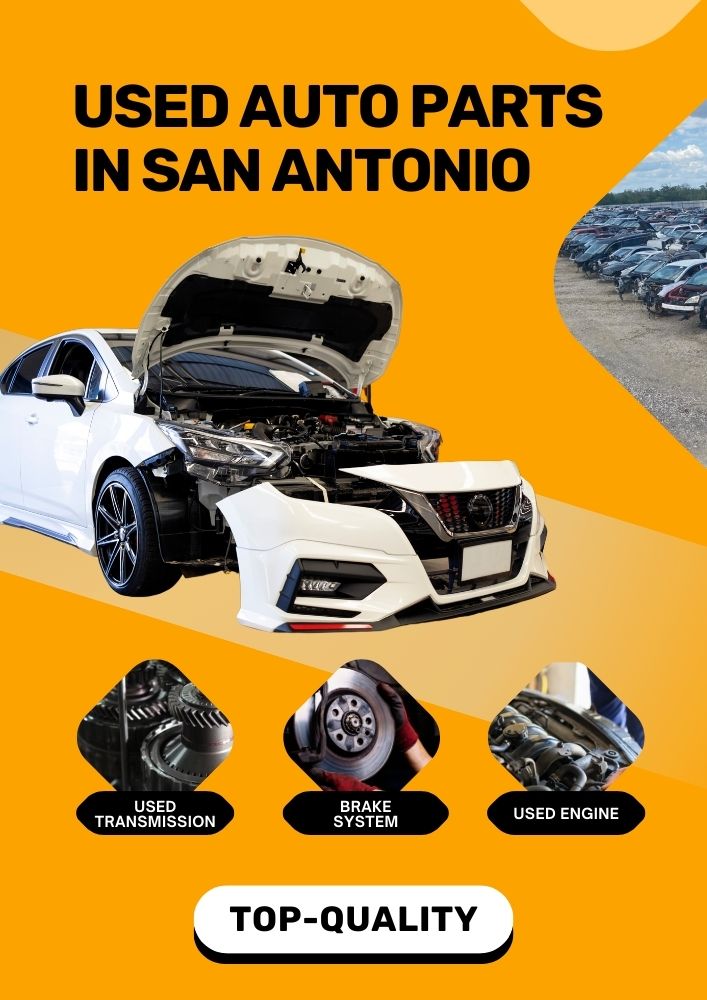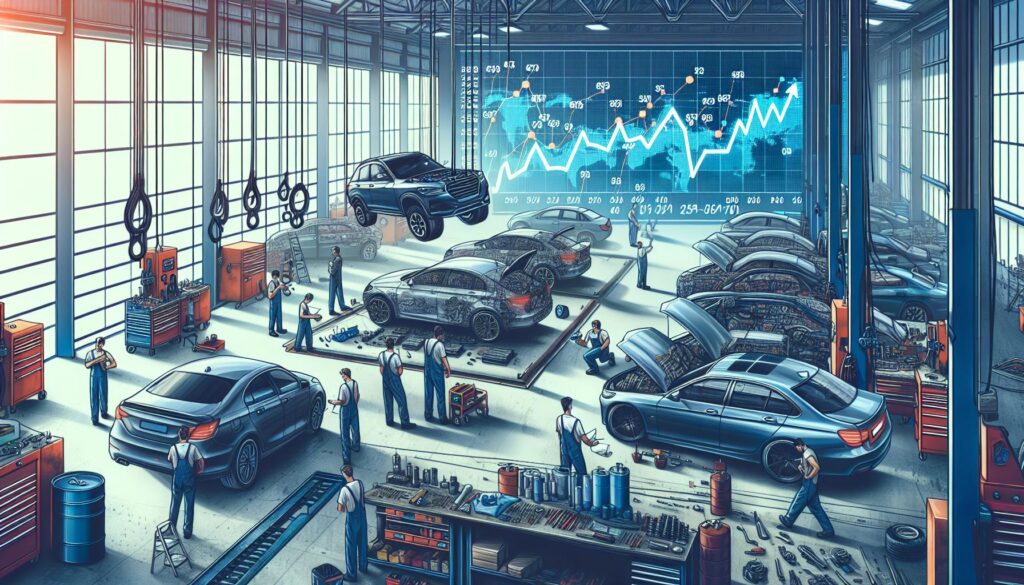The Vehicle Repair Cost Dilemma
In recent months, American consumers have felt the pinch of rising vehicle repair costs despite overall inflation showing signs of easing. This paradox puzzles many. While day-to-day expenses for food and household goods might be stabilizing, the cost to maintain and repair vehicles continues to climb, causing significant financial strain on vehicle owners.
Why Are Vehicle Repairs Getting Expensive?
Several factors contribute to the surge in vehicle repair costs, even as inflation stabilizes:
1. Labor Shortage
The automotive repair industry faces a persistent labor shortage. Qualified mechanics are in high demand but short supply, driving up wages significantly. This increase in labor costs is passed on to consumers, resulting in higher overall repair bills.
2. Parts Scarcity
Supply chain disruptions, exacerbated by the pandemic, have led to a scarcity of essential vehicle components. This shortage means that when repairs are needed, parts are less available and more expensive. The ripple effect extends to higher costs for both new and used parts.
3. Advanced Vehicle Technology
Modern vehicles are more technologically advanced than their predecessors. While this advancement offers better performance and safety, it also makes repairs more complex and costly. Specialized tools and training are necessary to fix these high-tech systems, adding another layer to the expense.
The Rise in Demand for Used Auto Parts
As repair costs increase, many vehicle owners turn to an alternative solution: used auto parts. The demand for these more affordable options has surged, creating a burgeoning market. Adopting used auto parts offers several benefits:
- Cost Savings: Used parts are typically less expensive than new ones, significantly reducing the overall repair bill.
- Availability: With new parts often on backorder due to supply chain issues, used parts can be a quicker solution to get vehicles back on the road.
- Sustainability: Reusing parts helps reduce waste and promotes environmental sustainability by decreasing the demand for new manufacturing.
For those looking for dependable used auto parts, GiantImports provides a wide selection to meet diverse repair needs.
Economic Impact and Consumer Behavior
Persistent high repair costs have broader economic implications. Many consumers find themselves delaying essential vehicle maintenance due to financial constraints. This trend can lead to more severe and costly repairs down the line, perpetuating a cycle of financial burden.
Vehicle owners are becoming more proactive in seeking ways to mitigate these expenses. One popular strategy is purchasing extended warranties or maintenance plans that offer some financial predictability for repairs. Additionally, consumers increasingly do their research to find reliable yet affordable repair shops and inexpensive parts like those available at GiantImports.
How To Save on Vehicle Repairs
Understanding that vehicle repair costs can be prohibitive, here are some strategies to help save money:
1. Routine Maintenance
Regular maintenance helps prevent larger issues. Simple things like oil changes, tire rotations, and brake checks can extend the life of a vehicle’s components, reducing the need for costly repairs.
2. DIY Repairs
For those with some mechanical aptitude, handling minor repairs yourself can save a significant amount of money. Many online tutorials and resources are available to guide you through simple fixes.
3. Compare Quotes
Don’t settle for the first repair estimate you receive. Shop around and compare prices from different repair shops. Often, rates can vary significantly for the same job.
4. Use Quality Used Parts
When parts need replacement, consider used components. Companies like GiantImports offer high-quality used parts that can be just as reliable as new ones at a fraction of the cost.
Looking Forward
The landscape of vehicle maintenance and repair is evolving. As repair costs continue their upward trajectory, the used auto parts industry stands poised to play a vital role in providing affordable solutions to vehicle owners. Consumers need to stay informed about their options and proactive in their approach to vehicle upkeep.
While it’s challenging to predict when or if vehicle repair costs will stabilize, automotive industries and consumers must adapt to this new normal. Embracing cost-effective and sustainable practices, such as using used auto parts and regular maintenance routines, can reduce the financial strain on consumers and contribute to a more resilient automotive ecosystem.
To read more about the trends in vehicle repair costs and their implications, visit the full article on the Minneapolis Fed.
In conclusion, while easing inflation might suggest a reprieve from rising costs, vehicle repair expenses remain a significant concern. By understanding the underlying factors and adopting smart repair strategies, consumers can better navigate this challenging landscape. For more options on cost-effective repairs, especially through quality used auto parts, visit GiantImports.





